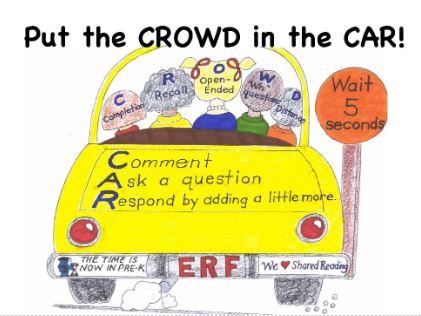Teaching Strategies
The ultimate goal of teaching a student to use their AAC device is to achieve communication competence. This resource, The 5 Areas of AAC Competence, is a reminder to target all of these areas to promote independent use of a system.
For a more in-depth explanation of these communication competencies, check out this blog post by AVAZ: Understanding Communication Competence for AAC Users.
Young children typically develop speech and language skills in response to language-rich interactions with adults. The principle is the same for AAC users. Language learning is also the foundation for literacy skill development. Children with the strongest quality and quantity of reciprocal language experiences in early childhood enter kindergarten with the strongest reading readiness skills. A natural way to provide these opportunities is by embedding AAC into your literacy instruction.
AssistiveWare's article, Integrating Comprehensive Literacy Instruction, outlines seven key strategies to promote literacy development.
Here are some additional strategies that can be used not only during literacy instruction but also to support overall reciprocal communication skills.
- C.A.R. (Comment, Ask, Respond) = This strategy follows the child's lead to facilitate meaningful interactions. The article, CAR - A Strategy for Learning from the University of Nebraska, gives examples for modeling this strategy during child directed play.
- C.R.O.W.D. (Completion, Recall, Open-Ended, Wh Question, Distancing) = The CROWD acronym helps in remembering the various questions to ask when eliciting responses. The CROWD Strategy Planning Sheet, from the Division of Early Childhood, can be used to plan prompting questions to create a back and forth conversation during storybook readings.
- Shared reading experiences are a great way to work on expanding and enhancing language and literacy skills. Putting the CAR in the CROWD is a strategy that can be used to structure these times and promote participation and interaction.
- SMoRRES (Slow Rate, Model, Respect and Reflect, Repeat, Expand, Stop) = A mnemonic developed by Dr. Jill Senner and Matthew Baud, used to build partner interaction skills that facilitate AAC practice and use. This post from Assistive Technology for Kids provides a visual representation for this strategy.


